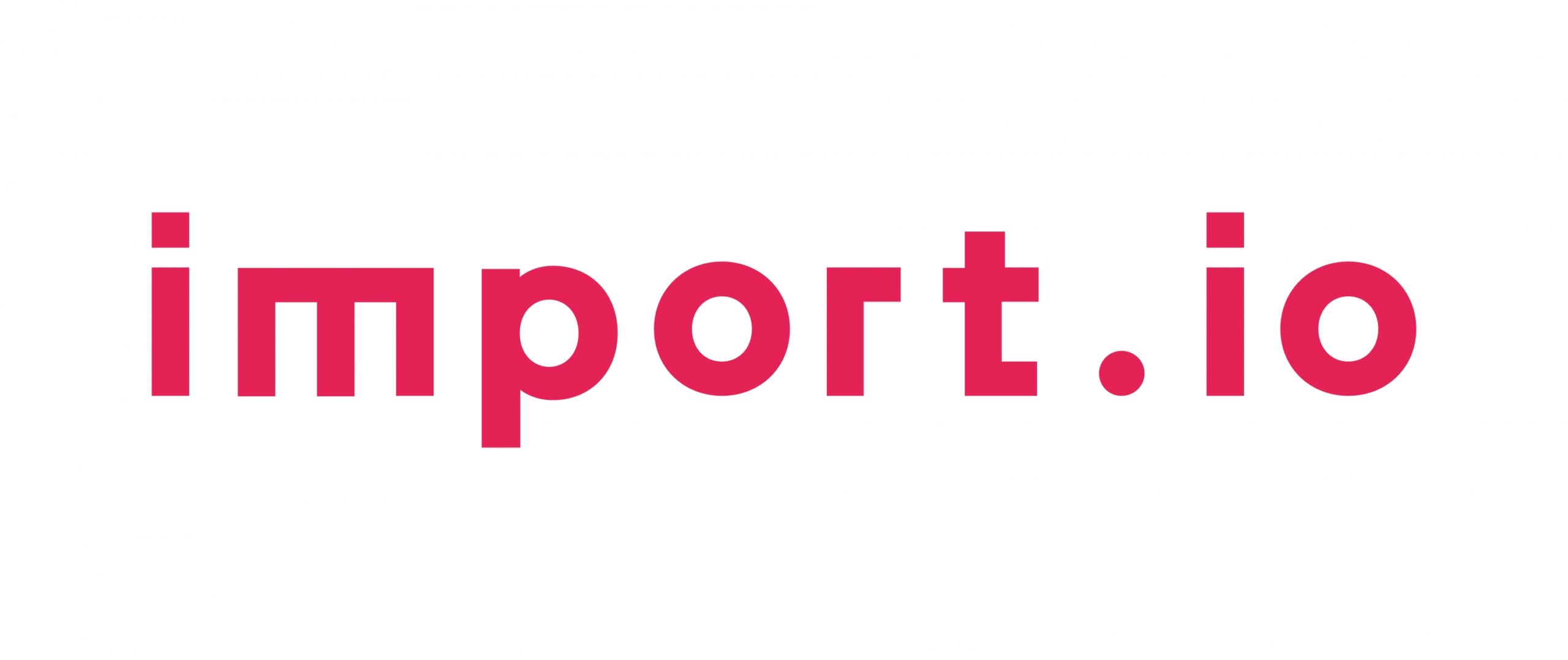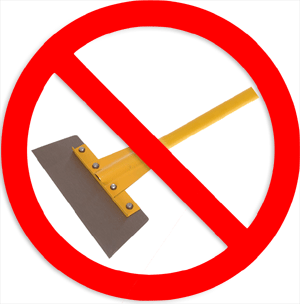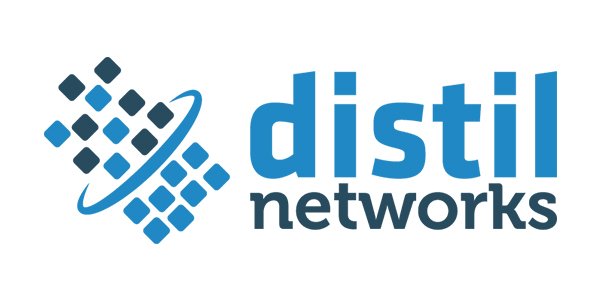If you are interested in browser automation or web application  testing you may have already heard of Selenium. Since there is a lot of terminology related to this framework, it is easy for you to get lost, especially if you come to Selenium for the first time. In this article I want to save your day by providing a short and clear explanation of what is what in the Selenium project.
testing you may have already heard of Selenium. Since there is a lot of terminology related to this framework, it is easy for you to get lost, especially if you come to Selenium for the first time. In this article I want to save your day by providing a short and clear explanation of what is what in the Selenium project.
What is Selenium?
Selenium is a web application testing framework that allows you to write tests in many programming languages like Java, C#, Groovy, Perl, PHP, Python and Ruby. Selenium deploys on Windows, Linux, and MAC OS.
It is an open-source project, released under the Apache 2.0 license, so you can download and use it without charge.


 In this article I’d love to revise few well-known methods of protecting website content from automatic scraping. Each one has its advantages and disadvantages, so you need to make your choice basing on the particular situation. None of these methods is ultimate and each one has its own ways around I will mention further.
In this article I’d love to revise few well-known methods of protecting website content from automatic scraping. Each one has its advantages and disadvantages, so you need to make your choice basing on the particular situation. None of these methods is ultimate and each one has its own ways around I will mention further. testing
testing It’s frequently required to have your actual IP address hidden when doing web scraping or, alternately, to access the website from different counties. That’s why we have
It’s frequently required to have your actual IP address hidden when doing web scraping or, alternately, to access the website from different counties. That’s why we have
 Have you encountered the issue of your site being
Have you encountered the issue of your site being The anti scrape bot service test has been my focus for some time now. How well can the Distil service protect the real website from scrape? The only answer comes from an actual active scrape. Here I will share the log results and conclusion of the test. In the
The anti scrape bot service test has been my focus for some time now. How well can the Distil service protect the real website from scrape? The only answer comes from an actual active scrape. Here I will share the log results and conclusion of the test. In the